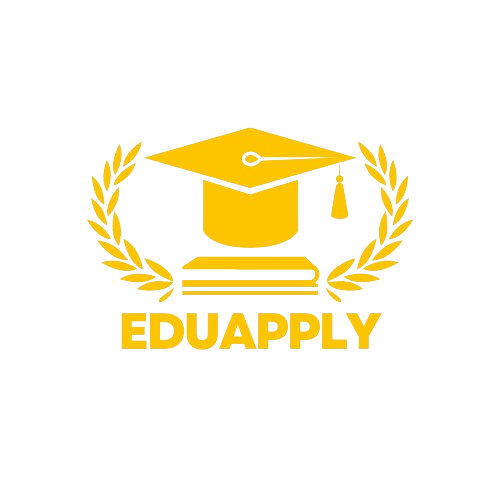Pursuing higher education is a significant investment, and the rising costs can be daunting. However, a plethora of financial aid resources are available to help students manage the expense. This article provides a comprehensive overview of various financial aid options, including scholarships, grants, loans, and work-study programs. Understanding these resources and how to access them can make a college education more affordable and attainable.
1. Scholarships
Scholarships are financial awards that do not need to be repaid. They are typically merit-based, need-based, or awarded for specific talents, interests, or demographics.
Merit-Based Scholarships: These are awarded based on academic achievement, athletic ability, artistic talent, or other accomplishments. Examples include the National Merit Scholarship and athletic scholarships offered by colleges.
Need-Based Scholarships: These are awarded based on the financial need of the student. Many private organizations and colleges offer need-based scholarships, such as the Gates Millennium Scholars Program.
Specialty Scholarships: These are for students who meet specific criteria, such as belonging to a particular ethnic group, pursuing a certain field of study, or demonstrating leadership in community service. Examples include the Ron Brown Scholar Program and the Women in STEM Scholarship.
2. Grants
Grants are similar to scholarships in that they do not need to be repaid. They are typically need-based and provided by the federal or state government, colleges, or private organizations.
Federal Grants: The most common federal grant is the Pell Grant, which is awarded to undergraduate students with exceptional financial need. The Federal Supplemental Educational Opportunity Grant (FSEOG) is another federal grant for students with significant financial need.
State Grants: Many states offer grants to residents attending in-state colleges. Examples include the Cal Grant in California and the New York State Tuition Assistance Program (TAP).
Institutional Grants: Colleges and universities often provide their own grants to students based on financial need or academic merit. These grants can be a crucial part of a financial aid package.
3. Student Loans
Student loans are borrowed funds that must be repaid with interest. They can be obtained from the federal government or private lenders.
Federal Student Loans: These loans typically offer lower interest rates and more flexible repayment options than private loans. The main types include Direct Subsidized Loans, Direct Unsubsidized Loans, and Direct PLUS Loans. Subsidized loans are need-based and the government pays the interest while the student is in school, whereas unsubsidized loans are not need-based and interest accrues while the student is in school.
Private Student Loans: These loans are offered by banks, credit unions, and other financial institutions. They generally have higher interest rates and less flexible repayment options compared to federal loans. It’s advisable to explore federal loan options before considering private loans.
4. Work-Study Programs
Work-study programs provide part-time jobs for undergraduate and graduate students with financial need, allowing them to earn money to help pay for education expenses.
Federal Work-Study: This program provides part-time employment to students attending participating schools. The jobs are often related to the student’s course of study and can be on-campus or off-campus. Earnings from work-study jobs do not reduce the student’s financial aid eligibility for the next year.
5. Tuition Reimbursement and Employer Assistance
Some employers offer tuition reimbursement programs as a benefit to their employees. These programs provide financial assistance for employees to pursue further education, often with the requirement that the course of study is related to the employee’s current job.
Employer Tuition Assistance: Many companies offer tuition assistance programs where they pay for a portion or all of an employee’s tuition. This can be a significant resource for working students looking to advance their education without incurring debt.
Public Service Loan Forgiveness (PSLF): For graduates working in certain public service jobs, the PSLF program forgives the remaining balance on Direct Loans after making 120 qualifying monthly payments under a qualifying repayment plan.
6. Financial Aid Application Process
Understanding how to apply for financial aid is crucial. The Free Application for Federal Student Aid (FAFSA) is the primary application for federal, state, and institutional financial aid. Completing the FAFSA early is essential as many aid programs operate on a first-come, first-served basis.
FAFSA: The FAFSA form is available online and should be completed as soon as possible after October 1 for the following academic year. It requires detailed information about the student’s and family’s financial situation.
CSS Profile: Some colleges and universities require the CSS Profile in addition to the FAFSA. This form, administered by the College Board, provides a more detailed look at the family’s financial situation and is used to award non-federal financial aid.
7. Additional Resources and Tips
Financial Aid Offices: College financial aid offices are valuable resources for understanding the specific aid available at that institution and the application processes.
Online Resources: Websites like Fastweb, Scholarships.com, and the U.S. Department of Education’s Federal Student Aid site offer extensive information and tools for finding and applying for financial aid.
Professional Organizations: Associations like the National Association of Student Financial Aid Administrators (NASFAA) provide resources and support for students navigating the financial aid process.
Navigating the landscape of financial aid can be overwhelming, but understanding the various resources available can significantly reduce the cost of higher education. Scholarships, grants, loans, and work-study programs each offer unique benefits and can be combined to create a comprehensive financial aid package. By starting early, staying organized, and utilizing available resources, students can successfully manage the financial aspects of their educational journey and focus on achieving their academic and career goals.



